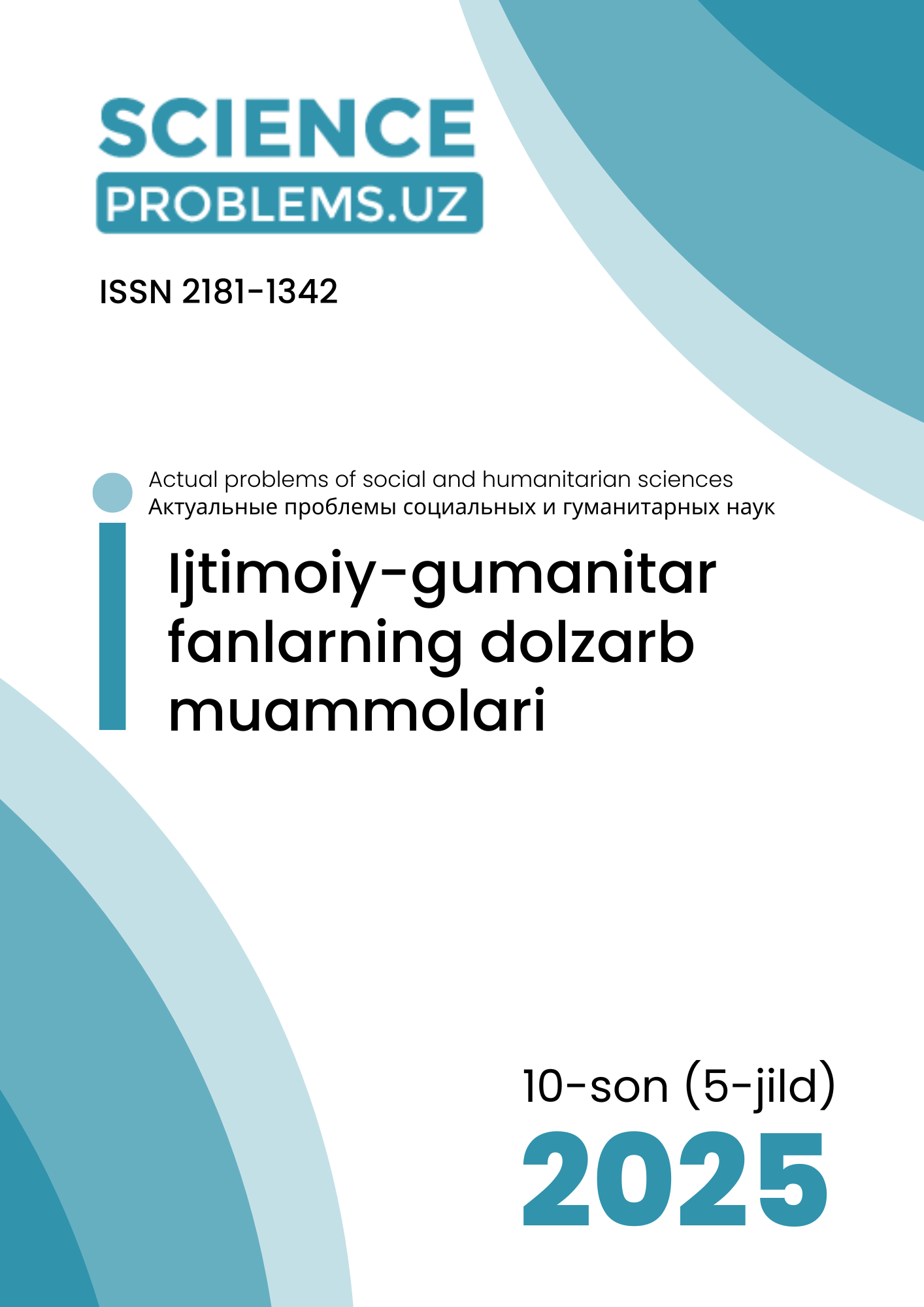EFFECTIVE WAYS TO DEVELOP INFORMATION-PROCESS THINKING THROUGH STEAM INTEGRATION
DOI:
https://doi.org/10.47390/SPR1342V5I10Y2025N89Keywords:
STEAM integration, information-process thinking, education, creativity, problem-solving.Abstract
STEAM integration is an effective method for developing information-process thinking in education. This approach combines interdisciplinary knowledge and enhances students’ problem-solving skills. STEAM projects foster creativity and logical thinking simultaneously. Practical activities integrated with information technology expand the depth of cognitive processes. Additionally, STEAM education helps students develop independent and critical thinking skills.
References
1. Stewart, W., & Baek, K. (2023). Analyzing Computational Thinking Studies in Scratch Programming: A Review of Elementary Education Literature. International Journal of Computer Science Education in Schools, 6(1), 35–58. https://doi.org/10.21585/ijcses.v6i1.156
2. Martin, F., Curtis, D., Redmond, P., & Byrne, J. (2024). Primary school students' perceptions and developed artefacts and language from learning coding and computational thinking using the 3C model. Journal of Computer Assisted Learning. https://doi.org/10.1111/jcal.12972
3. Choi, W. C., & Choi, I. C. (2024). The influence and relationship between computational thinking, learning motivation, attitude, and achievement of Code.org in K-12 programming education. arXiv preprint arXiv:2412.14180. https://doi.org/10.48550/arXiv.2412.14180
4. Wing, J. M. (2006). Computational thinking. Communications of the ACM, 49(3), 33–35. https://doi.org/10.1145/1118178.1118215
5. Weintrop, D., Subramaniam, M., Morehouse, S., & Wagh, A. (2022). The state of computational thinking in libraries. TechTrends, 66(8), 1301–1324. https://doi.org/10.1007/s10758-022-09606-w
6. Resnick, M., & Rusk, N. (2020). Coding at a crossroads: Accelerating computational thinking through interest-driven learning. Educational Researcher, 49(1), 20–29. https://doi.org/10.3102/0013189X19872762
7. Ishmuradova, G. (2022). STEAM va SMART ta’lim texnologiyalari asosida kompetentlikni rivojlantirish mexanizmlari. O‘zMU xabarlari, 2(1), 85–90 https://journalsnuu.uz/index.php/1/article/view/1160
8. Voogt, J., Fisser, P., Good, J., Mishra, P., & Yadav, A. (2015). Computational thinking in compulsory education: Towards an agenda for research and practice. Education and Information Technologies, 20(4), 715–728. https://doi.org/10.1007/s10639-015-9412-6








